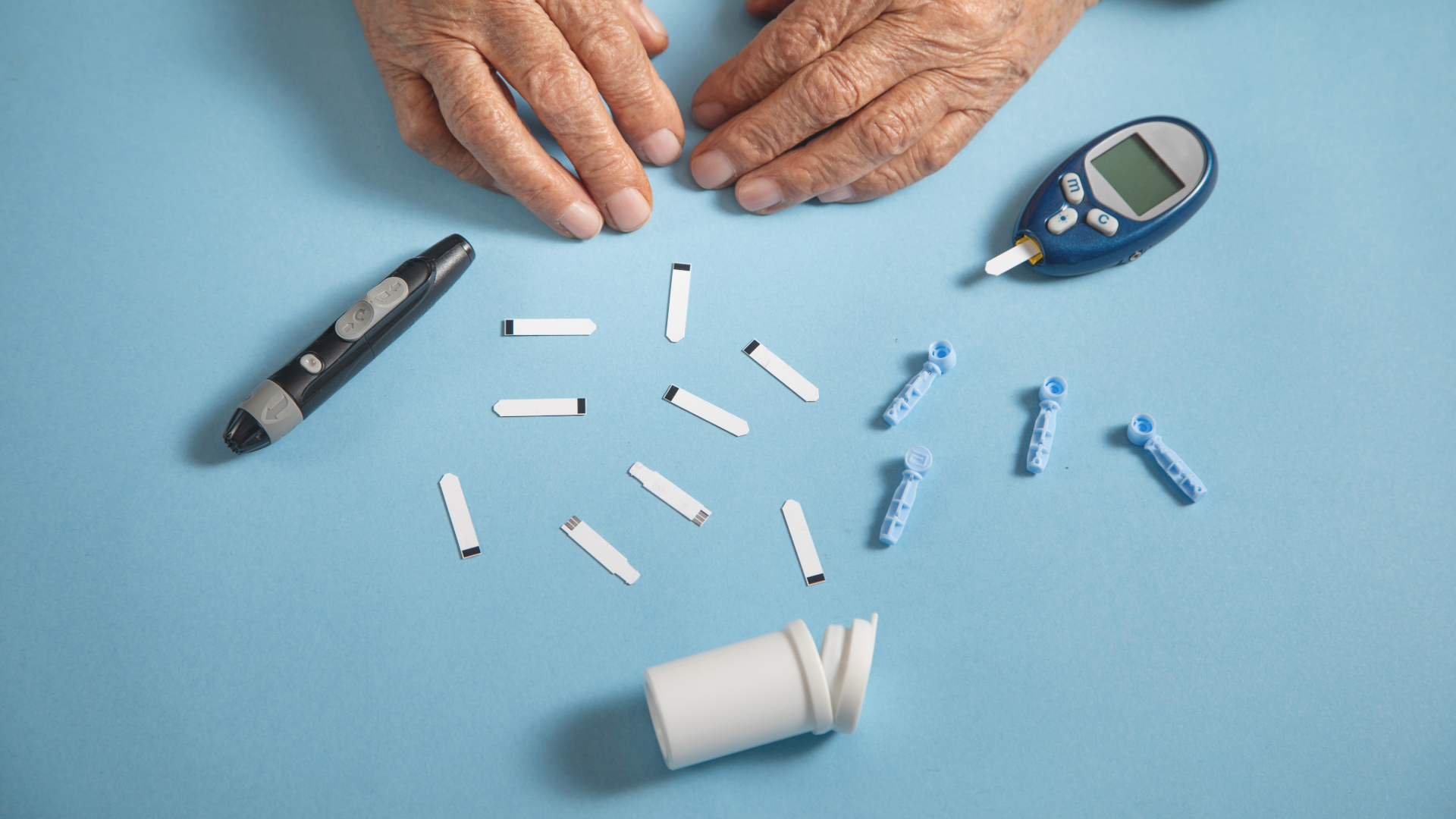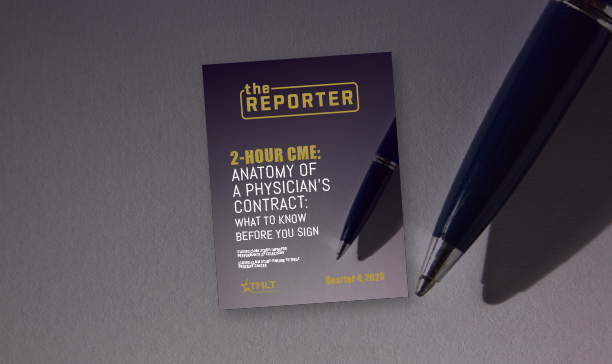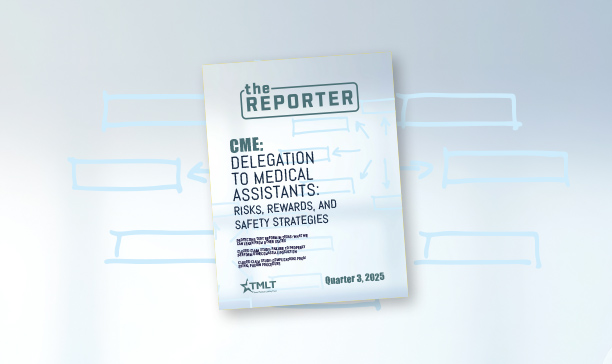Failure to properly perform gynecomastia liposuction
A 42-year-old man employed as a coach and fitness instructor came to a weight loss and aesthetic clinic to discuss bilateral gynecomastia liposuction.
Presentation
A 42-year-old man came to a weight loss and aesthetic clinic to be treated for night sweats and fatigue. Family Physician A, who owned the clinic, attributed the patient’s symptoms to his use of testosterone and marijuana. The patient was employed as a coach and fitness instructor.
The patient returned two months later to discuss bilateral gynecomastia liposuction. He reported a history of excess fat in his breasts since puberty. Family Physician A — who had received training in liposuction and autologous fat transfer — would perform the procedure. Tumescent local anesthesia was to be used, as the patient could not afford to have the procedure performed in the OR.
Physician action
On the day of the procedure (April 6), Family Physician A went through an extensive informed consent process with the patient. Family Physician A explained what would take place during the procedure, and that the post-procedure instructions were important to follow. He also addressed the complications of bruising, bleeding, and contour irregularities. The patient confirmed his understanding of these risks and signed the consent forms. He also signed a form consenting to a video recording of the procedure. Preoperative photos were taken and added to the patient’s medical record.
The procedure began at noon. According to the operative note, this was a difficult case due to glandular tissue that was fibrosed and strongly attached to the skin. According to Family Physician A, this was the first time he encountered this much glandular tissue during a gynecomastia procedure. He documented that as he was bluntly dissecting the upper pole of the glandular tissue, his scissors cut through the skin in two places where there was minimal subcutaneous fat.
The patient was shown the area where the cuts occurred. According to the medical records, the patient told Family Physician A not to worry, and that he would tattoo over his chest area. Because blood loss was minimal and hemostasis was achieved, Family Physician A did not place a drain.
Before being discharged, Family Physician A told the patient to contact him if he saw any signs of skin necrosis or infection. He also told the patient that it was very important for him to take a break from exercising for two weeks. The patient agreed to this and was discharged at 1:50 p.m.
The next day, Family Physician A called the patient and learned that he had been to the gym. The patient came to the office and the records noted that the left breast looked larger than the right breast, though there were no signs of infection. Antibiotic ointment was applied, and the patient’s chest was re-bandaged. Family Physician A recommended lymphatic drainage massage. He again advised the patient to avoid exercise and heavy lifting.
Two days later (April 9), Family Physician A travelled out of town for a family emergency. He scheduled the patient for an office visit before he left town, but the patient did not return for the appointment.
The patient was next seen on April 10. Family Physician A’s medical assistant performed a lymphatic massage and confirmed there were no signs of infection. Family Physician A received a text from the patient on April 12 about the development of bilateral bruising. He told the patient he could see the clinic’s physician assistant (PA) or a plastic surgeon.
On April 18, the patient texted Family Physician A that his left breast was swollen. The patient was treated by the clinic’s PA at this visit. The patient’s left side was draining blood. The PA attempted to drain the hematoma, but the hematoma was too hard. The patient was referred to Plastic Surgeon A.
Plastic Surgeon A saw the patient on April 19 and documented that he had a hematoma on the left breast greater than the right and that it was draining through the incision. Plastic Surgeon A performed an exploration, incision irrigation, debridement, and evacuation of the leaking hematoma in the OR on April 20. The indications for the procedure were the patient’s increased level of activity, no drain, and bilateral hematomas.
The patient healed well after the second procedure, with no recurrent hematoma, no seroma, and no collection of fluid. Ten months after the second procedure, Plastic Surgeon A noted that the patient had one persistent area of lipodystrophy along the inframammary fold on the left chest wall. The patient did not want further surgery.
Allegations
A lawsuit was filed against Family Physician A, alleging that he was not qualified to perform gynecomastia liposuction and should have referred the patient to a plastic surgeon. It was further alleged that Family Physician A failed to place a drain, which led to the hematomas, open wound, pain, and additional procedure.
Legal implications
In her medical records, Plastic Surgeon A stated that Family Physician A performed an overly aggressive mastectomy. Other plastic surgeons who reviewed this case expressed similar opinions. While stating that the surgery was well documented and that the informed consent process was thorough, they questioned the Family Physician’s training and ability to perform gynecomastia liposuction.
Causation was also an issue in this case, as both reviewers stated that the patient was very active following the first procedure and this may have caused the bilateral hematomas.
Two other factors affected the defense of this case. Family Physician A recorded the procedure in order to create a “before and after” video to post on social media. The consent form signed by the patient for the video recording specified that his identity would not be shown. The patient’s face was visible at the end of the video. If the video had been posted on social media, it would have violated the terms of consent. Another difficulty for the defense involved Family Physician A’s use of a general liposuction consent form that did not specify excision of the gynecomastia tissue.
Disposition
This case was settled on behalf of Family Physician A.
Risk management considerations
When performing elective cosmetic procedures, physicians face unique legal risks. The following risk management considerations highlight key areas of focus in this case.
Scope of practice and appropriate referral
It is good risk management practice for physicians to carefully assess whether a planned procedure falls within their formal training, skill set, or scope of practice. Even with additional training, complex procedures — such as gynecomastia involving significant glandular excision — may require referral.
Informed consent and procedure-specific forms
Ensure that consent documents match the actual planned procedure. Documents should detail all expected components of the planned surgery (e.g., liposuction and glandular excision for gynecomastia). Risks specific to the procedure should be clearly explained and documented.
Postoperative instructions and patient adherence
When patients do not adhere to postoperative advice, document all counseling and efforts to reinforce instructions, as non-compliance can contribute to complications and defense challenges. Consider implementing a standardized, written postoperative instruction sheet that patients sign to confirm understanding.
Photography, video, and social media
Obtain detailed, written documentation of informed consent when recording or photographing patients. Take additional steps to confirm that no identifying features (e.g., face) are visible. When using clinical photos or videos for promotional or educational purposes, ensure patient privacy and confidentiality are protected. Obtain written consent for the specific planned use (social media, website, etc.) of any photographs or videos.
Disclaimer
Presentation
A 42-year-old man came to a weight loss and aesthetic clinic to be treated for night sweats and fatigue. Family Physician A, who owned the clinic, attributed the patient’s symptoms to his use of testosterone and marijuana. The patient was employed as a coach and fitness instructor.
The patient returned two months later to discuss bilateral gynecomastia liposuction. He reported a history of excess fat in his breasts since puberty. Family Physician A — who had received training in liposuction and autologous fat transfer — would perform the procedure. Tumescent local anesthesia was to be used, as the patient could not afford to have the procedure performed in the OR.
Physician action
On the day of the procedure (April 6), Family Physician A went through an extensive informed consent process with the patient. Family Physician A explained what would take place during the procedure, and that the post-procedure instructions were important to follow. He also addressed the complications of bruising, bleeding, and contour irregularities. The patient confirmed his understanding of these risks and signed the consent forms. He also signed a form consenting to a video recording of the procedure. Preoperative photos were taken and added to the patient’s medical record.
The procedure began at noon. According to the operative note, this was a difficult case due to glandular tissue that was fibrosed and strongly attached to the skin. According to Family Physician A, this was the first time he encountered this much glandular tissue during a gynecomastia procedure. He documented that as he was bluntly dissecting the upper pole of the glandular tissue, his scissors cut through the skin in two places where there was minimal subcutaneous fat.
The patient was shown the area where the cuts occurred. According to the medical records, the patient told Family Physician A not to worry, and that he would tattoo over his chest area. Because blood loss was minimal and hemostasis was achieved, Family Physician A did not place a drain.
Before being discharged, Family Physician A told the patient to contact him if he saw any signs of skin necrosis or infection. He also told the patient that it was very important for him to take a break from exercising for two weeks. The patient agreed to this and was discharged at 1:50 p.m.
The next day, Family Physician A called the patient and learned that he had been to the gym. The patient came to the office and the records noted that the left breast looked larger than the right breast, though there were no signs of infection. Antibiotic ointment was applied, and the patient’s chest was re-bandaged. Family Physician A recommended lymphatic drainage massage. He again advised the patient to avoid exercise and heavy lifting.
Two days later (April 9), Family Physician A travelled out of town for a family emergency. He scheduled the patient for an office visit before he left town, but the patient did not return for the appointment.
The patient was next seen on April 10. Family Physician A’s medical assistant performed a lymphatic massage and confirmed there were no signs of infection. Family Physician A received a text from the patient on April 12 about the development of bilateral bruising. He told the patient he could see the clinic’s physician assistant (PA) or a plastic surgeon.
On April 18, the patient texted Family Physician A that his left breast was swollen. The patient was treated by the clinic’s PA at this visit. The patient’s left side was draining blood. The PA attempted to drain the hematoma, but the hematoma was too hard. The patient was referred to Plastic Surgeon A.
Plastic Surgeon A saw the patient on April 19 and documented that he had a hematoma on the left breast greater than the right and that it was draining through the incision. Plastic Surgeon A performed an exploration, incision irrigation, debridement, and evacuation of the leaking hematoma in the OR on April 20. The indications for the procedure were the patient’s increased level of activity, no drain, and bilateral hematomas.
The patient healed well after the second procedure, with no recurrent hematoma, no seroma, and no collection of fluid. Ten months after the second procedure, Plastic Surgeon A noted that the patient had one persistent area of lipodystrophy along the inframammary fold on the left chest wall. The patient did not want further surgery.
Allegations
A lawsuit was filed against Family Physician A, alleging that he was not qualified to perform gynecomastia liposuction and should have referred the patient to a plastic surgeon. It was further alleged that Family Physician A failed to place a drain, which led to the hematomas, open wound, pain, and additional procedure.
Legal implications
In her medical records, Plastic Surgeon A stated that Family Physician A performed an overly aggressive mastectomy. Other plastic surgeons who reviewed this case expressed similar opinions. While stating that the surgery was well documented and that the informed consent process was thorough, they questioned the Family Physician’s training and ability to perform gynecomastia liposuction.
Causation was also an issue in this case, as both reviewers stated that the patient was very active following the first procedure and this may have caused the bilateral hematomas.
Two other factors affected the defense of this case. Family Physician A recorded the procedure in order to create a “before and after” video to post on social media. The consent form signed by the patient for the video recording specified that his identity would not be shown. The patient’s face was visible at the end of the video. If the video had been posted on social media, it would have violated the terms of consent. Another difficulty for the defense involved Family Physician A’s use of a general liposuction consent form that did not specify excision of the gynecomastia tissue.
Disposition
This case was settled on behalf of Family Physician A.
Risk management considerations
When performing elective cosmetic procedures, physicians face unique legal risks. The following risk management considerations highlight key areas of focus in this case.
Scope of practice and appropriate referral
It is good risk management practice for physicians to carefully assess whether a planned procedure falls within their formal training, skill set, or scope of practice. Even with additional training, complex procedures — such as gynecomastia involving significant glandular excision — may require referral.
Informed consent and procedure-specific forms
Ensure that consent documents match the actual planned procedure. Documents should detail all expected components of the planned surgery (e.g., liposuction and glandular excision for gynecomastia). Risks specific to the procedure should be clearly explained and documented.
Postoperative instructions and patient adherence
When patients do not adhere to postoperative advice, document all counseling and efforts to reinforce instructions, as non-compliance can contribute to complications and defense challenges. Consider implementing a standardized, written postoperative instruction sheet that patients sign to confirm understanding.
Photography, video, and social media
Obtain detailed, written documentation of informed consent when recording or photographing patients. Take additional steps to confirm that no identifying features (e.g., face) are visible. When using clinical photos or videos for promotional or educational purposes, ensure patient privacy and confidentiality are protected. Obtain written consent for the specific planned use (social media, website, etc.) of any photographs or videos.
Disclaimer
Want to save this article for later?
Download the full issue as a PDF for future reference or to share with colleagues.
Subscribe to Case Closed to receive insights from resolved cases.
You’ll receive two closed claim studies every month. These closed claim studies are provided to help physicians improve patient safety and reduce potential liability risks that may arise when treating patients.
Related Resources
Discover more insights, stories, and resources to keep you informed and inspired.






